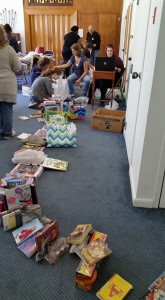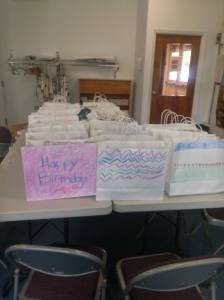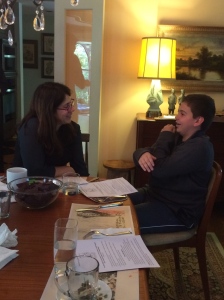Shalom! My name is Julie Makowsky and on July 1st I will begin my new position as the Education Director for the Vassar Temple Religious School. Over the course of this coming school year I hope I will have a chance to share with you news from the Religious School as well as information about our school programs and curriculum. At this time I would like to use this forum to tell you a little bit about myself.

I have called the Hudson Valley home for 8 years. That is a record for our family as my husband, Bob, was in the Coast Guard for the first 14 years of our marriage and we moved around a lot.
I began my career as a Jewish Educator in many years ago after graduating from The Ohio State University with a Jewish Studies degree. In the Fall of 1988 I found myself in Jerusalem where I spent the next two years studying and learning about Jewish Text and Hebrew. After returning to the States, I was awarded a Melton Fellowship at The Jewish Theological Seminary.

I graduated in 1992 with a Master Degree in Jewish Education. In 1992 I also married my husband, Bob. We lived in Brooklyn and then moved to Long Island. I served a number of congregations while Bob served the United States Coast Guard as a Search and Rescue pilot at Air Station Brooklyn.
In the following years we added our daughter, Talia and son, Noah to our family. The Coast Guard moved us frequently which gave me opportunities to work in a number of Jewish Communities in a number of different capacities. We lived in worked in Traverse City, Michigan; Aguadilla, Puerto Rico; New Haven, Connecticut; Atlantic City, NJ and finally Columbus, Ohio.
We moved to Rhinebeck, NY in 2008 and we promised our children that they would be able to complete High School without moving again. Since moving to the area I have served both the Woodstock Jewish Congregation and Congregation Emanuel of the Hudson Valley as Education Director.
I am excited to begin the next phase of my journey serving the Vassar Temple community as the new Education Director. I look forward to getting to know each and everyone one of you in the coming months!



















